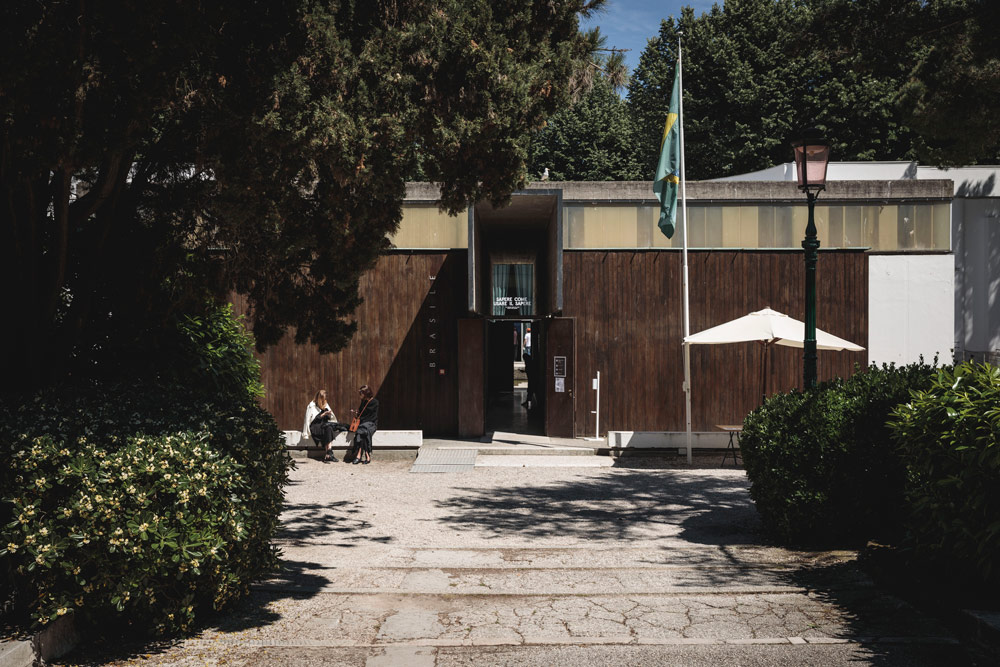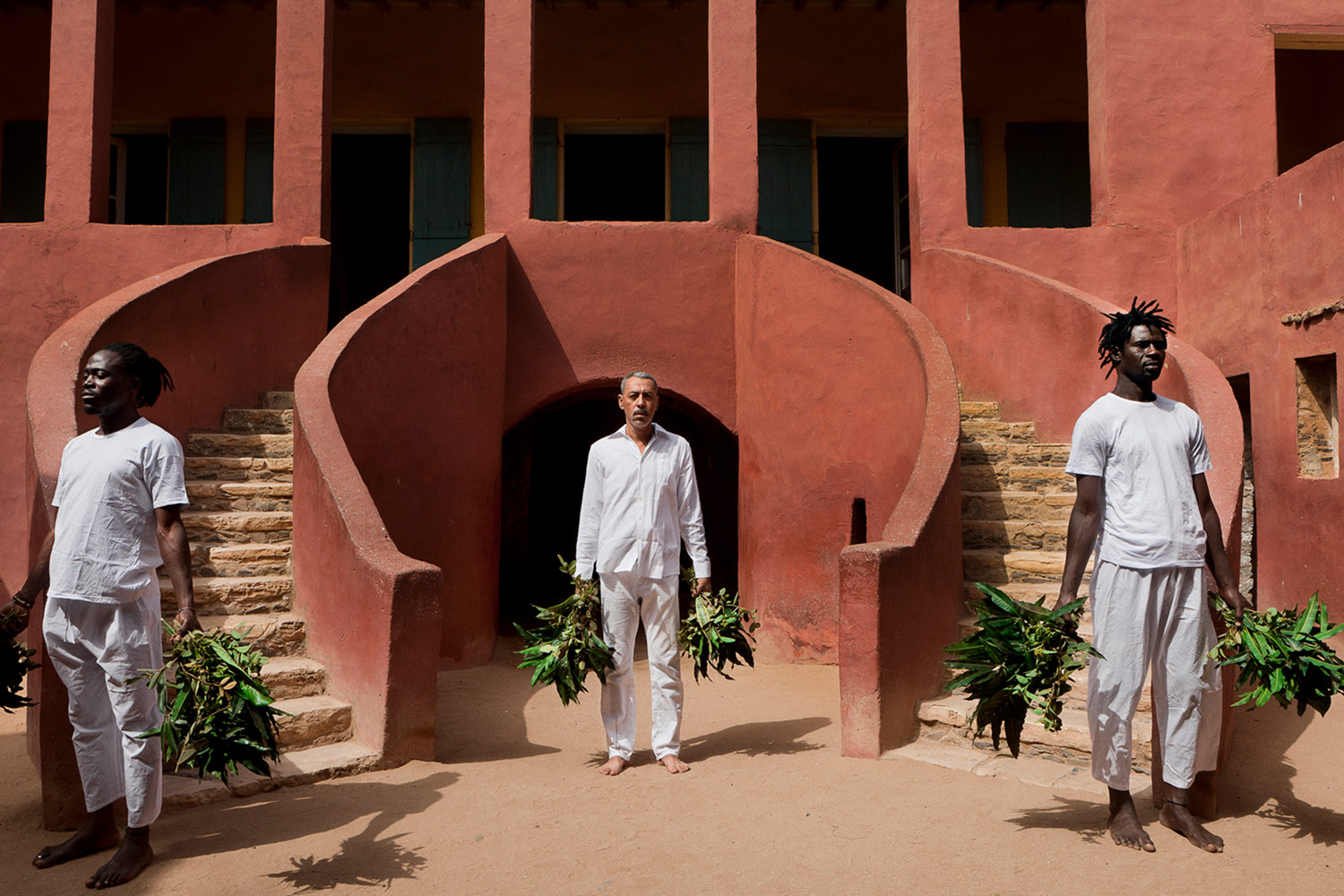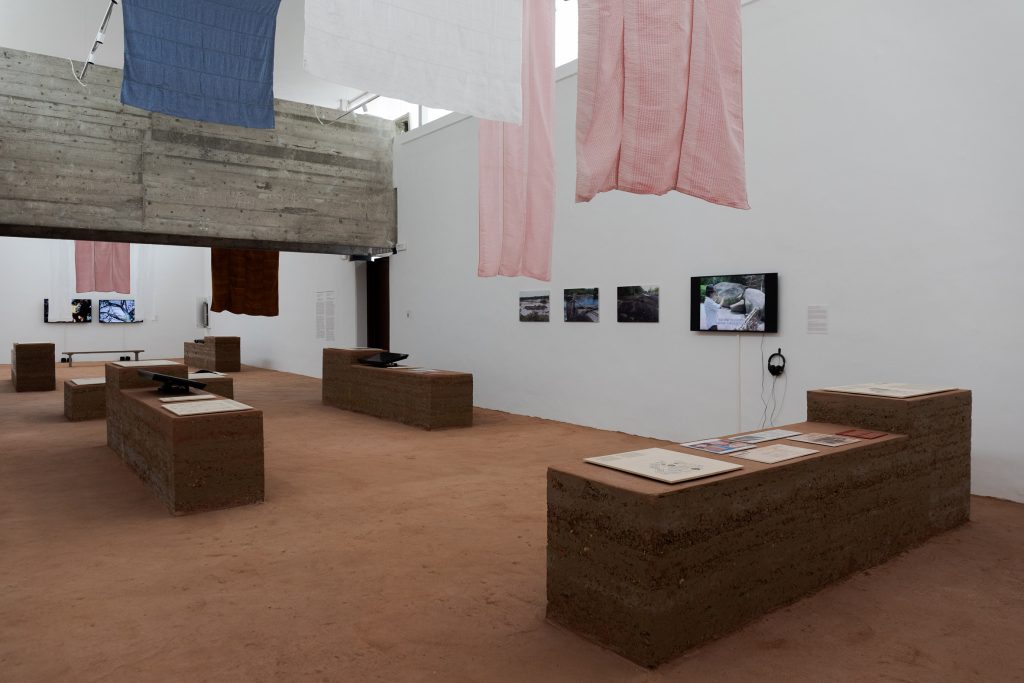The Brazil Pavilion at the Venice Architecture Biennale 2023 is set to showcase the theme of Terra [Earth]. The pavilion’s commissioner is José Olympio da Veiga Pereira, who serves as the President of the Fundação Bienal de São Paulo, while the curators are Gabriela de Matos and Paulo Tavares. The exhibition will feature a diverse range of participants, including Ana Flávia Magalhães Pinto, Ayrson Heráclito, and the Fissura collective. Additionally, there will be contributions from several indigenous communities, such as the Mbya-Guarani, Tukano, Arawak, and Maku peoples. The venue for the exhibition is the Brazil Pavilion, located at Giardini Napoleonici di Castello in Venice, Italy. Visitors can view the exhibition from May 20 to November 26, 2023.
Gabriela de Matos’ and Paulo Tavares’ presentation is in direct dialogue with Lesley Lokko’s themes for the Venice Architecture Biennale 2023, proposing the African diaspora as one of the vectors of the laboratory of the future. De Matos and Tavares are considering it from the perspective of Brazil, raising themes including decolonization, national identity, diaspora, indigenous knowledge systems, Brazil, and modernism.
“Our curatorial proposal is based on thinking of Brazil as Earth.” and added, “Earth as soil, fertilizer, ground, and territory but also the earth in its global and cosmic sense, as a planet and the common house of all life, human and non-human. Earth as memory, and also as future, looking at the past and at heritage to expand the field of architecture in the face of the most pressing contemporary urban, territorial, and environmental issues,” say the curators.

Titled Terra, de Matos and Tavares present an exploration into how the past can inform possible futures, focusing on the role of land in shaping our understanding of heritage and identity. The entire pavilion will be filled with earth, putting the public in direct contact with the traditions of Indigenous territories, Quilombola dwellings, and candomblé ceremonies. In their presentation, the curators challenge the myth surrounding Brasília, the political capital of Brazil, which was erected, driving out its Indigenous and Quilombola populations during the colonial period.
The pavilion will also feature socio-spatial projects and practices of Indigenous and Afro-Brazilian knowledge about land and territory. It will demonstrate scientific proof that Indigenous and Quilombola lands are the best-preserved territories in Brazil, and, in that way, point towards a post-climate future where “de-colonization” and “decarbonization” walk hand in hand. The pavilion will also feature various works, including an audio-visual work by Brazilian filmmaker Juliana Vicente, archival photographs compiled by historian Ana Flávia Magalhães Pinto, the ethnohistorical map of Brazil by Curt Nimuendajú, and the Brasília Quilombola map commissioned specifically for the pavilion.
For José Olympio da Veiga Pereira, president of the Fundação Bienal de São Paulo, “the International Architecture Exhibition of the Biennale di Venezia is a privileged space for the discussion of the most urgent issues in architecture and urbanism, a field that ultimately reflects on our dynamics of life through the use and sharing of common spaces as a society. At a time when humanity is facing great challenges, the exhibition proposed by architects Gabriela de Matos and Paulo Tavares is a way of giving visibility to research and practices that can contribute to the collective shaping of our future.”
Gabriela de Matos is an Afro-Brazilian architect and urban planner, born in Vale do Rio Doce in Minas Gerais, who creates multidisciplinary projects with the aim of promoting and highlighting Brazilian architectural and urban culture from the perspectives of race and gender. And, Paulo Tavares explores the interfaces between architecture, visual cultures, curatorship, theory, and advocacy. Operating across multiple media and mediums, his work opens up a collaborative arena focused on environmental justice and counter-narratives in architecture.
*This article was prepared on behalf of the curators. We encourage you to stay tuned to ParametricArchitecture for detailed updates on the Venice Architecture Biennale 2023.





















Leave a comment